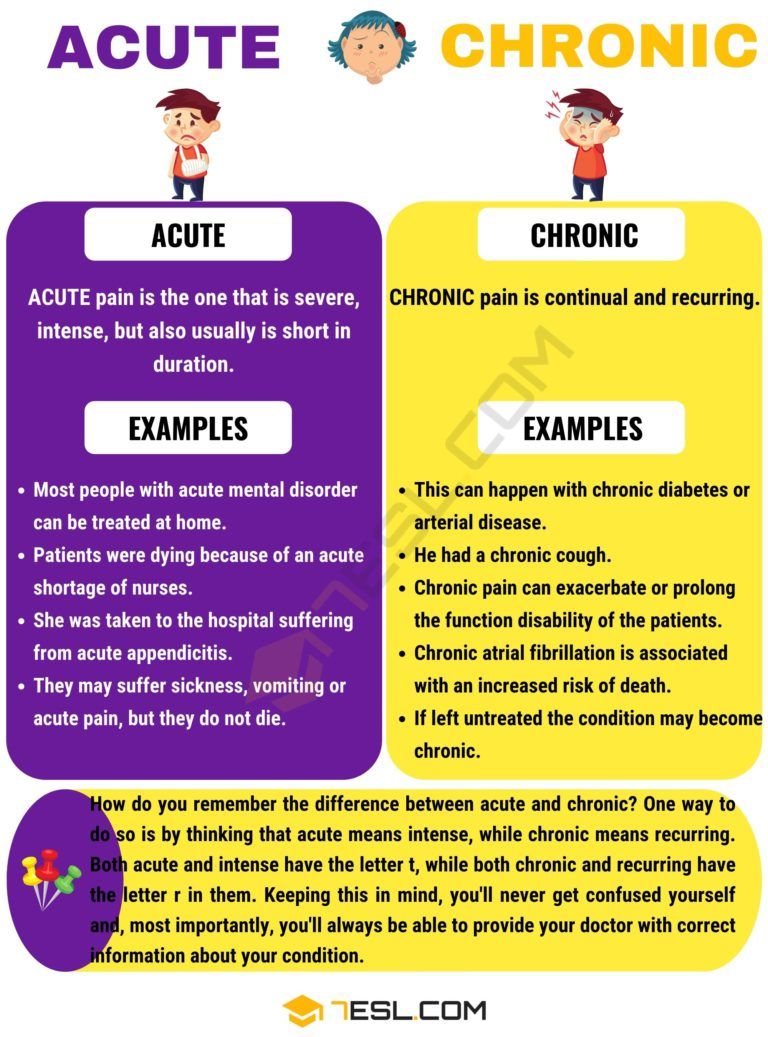
Quitting a job is undeniably one of the most significant decisions an individual can make, impacting not only their career trajectory but also their personal life. In a world that has witnessed seismic shifts in the workforce, such as the Great Resignation, during which 50.5 million Americans quit their jobs in 2022 alone, recognizing the subtle, and sometimes not – so – subtle, warning signs that it is time to move on has become more crucial than ever before. This foresight is a key element in achieving long – term career happiness and success.
Many professionals, including executive coaches, underscore the profound significance of trusting one’s intuition when navigating career transitions. There are innumerable stories of individuals who remained in roles that no longer aligned with their goals or values, only to discover that choosing to leave was ultimately one of the best decisions they could have made for their professional and personal fulfillment. It involves being proactive rather than waiting for circumstances to compel one to act, and taking charge of one’s future.
This in – depth analysis uncovers 14 key warning signs, drawing on expert insights, comprehensive surveys, and compelling real – world examples. These indicators suggest that one’s current role might be inadvertently undermining one’s job satisfaction and, critically, one’s ability to achieve sustained financial success. Prepare to identify these crucial signals and equip oneself to make well – informed decisions about one’s professional path.

1. **Stagnant Salary & Compensation Issues** One of the most conspicuous red flags for career – oriented professionals is a salary that has remained stagnant for years, indicating a lack of financial growth and recognition. In 2023, for example, a distinct disparity surfaced: job – switchers experienced a robust 7.7% wage increase, whereas their counterparts who chose to remain in their existing positions witnessed a relatively modest 5.5% rise. This statistical divergence vividly highlights the financial advantages often linked to exploring new opportunities, especially when one’s current organization fails to provide competitive growth prospects.
This stagnation in pay impacts more than merely one’s immediate purchasing power; it has far – reaching consequences for one’s long – term financial well – being. A persistently unchanging salary can substantially affect the amount of money one is able to save at present, which, in turn, directly influences the growth of one’s retirement savings and investments over time. Such a situation underscores the significance of recognizing one’s value and considering whether one’s efforts are being adequately compensated by one’s current employer. If one’s organization consistently declines to acknowledge and financially reward one’s contributions, it may be a clear indication that it is time to redirect one’s valuable skills and dedication to an entity that better appreciates and supports one’s talents. According to a Payscale survey, pay incentives emerge as the primary reason employees actively pursue job opportunities outside their current organizations, a statistic that, in essence, is hardly unexpected given the economic realities of today’s professional environment.

2. **Lack of Career Growth & Advancement Opportunities** Career stagnation, frequently characterized as a silent killer, presents a substantial threat to professional advancement and constrains an individual’s potential for growth. The contemporary workforce attaches great importance to development, as demonstrated by a 2023 LinkedIn survey revealing that an astonishing 94% of employees would pledge to remain with a company longer if it demonstrated an active commitment to investing in their career development. This statistic alone ought to act as a wake – up call for organizations that neglect to prioritize internal growth avenues.
Take the perceptive example of a software engineer who devoted four years to the same company, persistently requesting new challenges and broader responsibilities, only to be confronted with variations of the same tasks. Over time, this dearth of stimulating work resulted in a gradual decline in their skills and, consequently, a reduced market value in a rapidly evolving industry. Executive coaches often caution that when organizations fail to promote internally, it serves as a strong indication of a fundamental lack of a robust talent development strategy, essentially signaling a dead end for ambitious employees. Employees nowadays are not merely seeking a job; they are in pursuit of a career that offers an upward trajectory, a sentiment echoed by an Instructure survey which identifies the opportunity for professional development as a primary motivator for job transitions. The desire to acquire new business skills, undertake more challenging roles, and strategically position oneself for future success constitutes a potent driving force, often propelled by career objectives, financial ambitions, or the quest for status and recognition. This drive for continuous growth represents a perfectly legitimate and compelling reason for seeking new opportunities.
Read more about: A Microsoft Engineer’s Proven Playbook: How to Accelerate Your Career with 4 Promotions in 5 Years

3. **Hostile Work Environment & Bad Management** It is a widely recognized truth in the professional realm that employees frequently depart from managers, rather than companies, and the data provides robust support for this. A 2023 Gallup survey disclosed that an astonishing 42% of employees ascribe their decision to leave their jobs directly to poor management. This highlights the profound influence that leadership styles, especially tyrannical ones, can exert on an individual’s workplace experience and overall job satisfaction. Such detrimental leadership can manifest itself in various harmful ways, encompassing excessive micromanagement that stifles autonomy, inconsistent feedback that generates confusion and uncertainty, and, perhaps most harmfully, public humiliation that undermines confidence and self-esteem.
An executive coach recently narrated the experience of a client whose boss often subjected her work to critical examination in front of her peers. This pattern of public criticism led to debilitating anxiety and a substantial decline in her proficiency. Over time, the client’s confidence diminished significantly, until she courageously acknowledged that the root cause of the problem was not her performance, but rather her manager’s profoundly flawed and destructive leadership style. Companies that allow toxic managers to thrive inadvertently cultivate cultures of fear, environments in which creativity is stifled, and employee well-being is systematically undermined. The characteristics of toxic leaders are conspicuous and identifiable: an inherent incapacity to accept constructive feedback, an arrogant attitude that disregards others’ input, and a propensity to misuse their power. These behaviors inevitably have a negative impact on employee morale, productivity, and overall performance, ultimately prompting valuable employees to resign. While it can be challenging to articulate such reasons during an interview, focusing on the pursuit of professional development and a more congruent work environment is a strategic and effective approach.

4. **Unmanageable Work-Life Balance & Burnout** The relentless pursuit of professional success can often come at a significant personal cost, particularly when work-life balance becomes an unattainable ideal. A concerning report by Isolved in 2023 highlighted this escalating issue, revealing that 65% of employees experienced burnout, with a vast majority—72%—reporting that it negatively impacted their job performance. This pervasive issue is frequently, as executive coaches astutely observe, a direct reflection of poor organizational planning and the imposition of unrealistic expectations on the workforce.
Consider the illustrative case of a finance director who confided that 70-hour workweeks had become the distressing norm at her company. This unsustainable workload led to her missing cherished family occasions and suffering from stress-related health problems, demonstrating the dire consequences of a perpetually unbalanced life. The company’s systemic failure to adequately staff its teams and to establish achievable deadlines fostered a culture where burnout was not merely a possibility but an inevitable outcome. This narrative powerfully underscores the vital importance of boundaries in sustainable careers—boundaries that are purposefully designed to shield an individual’s personal time and safeguard their mental health. The desire to cultivate a better work-life balance and achieve a more flexible schedule was, notably, a major impetus for many employees who chose to leave their jobs during the profound societal shift of the “Great Resignation” in 2021. This widespread movement solidified the understanding that work should integrate seamlessly with life, not consume it entirely, allowing individuals to manage their time effectively and achieve greater productivity in roles that support this crucial equilibrium.

5. **Industry Decline or Disruption** In the ever – evolving landscape of the global economy, truly astute business owners are those who remain perpetually vigilant regarding emerging trends and proactively adjust their strategies and plans accordingly. This foresight is not merely a hallmark of strong leadership; it is a critical element for individual career resilience. For professionals, remaining in an industry that is in clear decline or undergoing significant disruption, without actively seeking job flexibility or adapting skills, is tantamount to severely restricting one’s future opportunities and income potential. The consequences can be dire for those who fail to anticipate such shifts.
An executive coach once offered invaluable assistance to a print – media executive who possessed the keen ability to identify early warning signs of their industry’s decline. This timely recognition enabled the executive to strategically transition into the burgeoning field of digital marketing, a move that undoubtedly protected and advanced their career. Foresighted workers today are not passively awaiting the inevitable; they are actively “planting flags” in burgeoning industries, anticipating disruption and positioning themselves for future success. Professionals who are committed to lifelong learning and consistently keep abreast of market trends are uniquely positioned to identify these crucial shifts and emerging opportunities, thereby remaining highly competitive. The cultivation of learning versatility is not simply beneficial; it is indispensable in this era of rapidly changing industries, serving only to enhance one’s career over the long term.
Read more about: Navigating a ‘Black Hole’ Job Market: A Boomer’s Seven-Year Struggle Against Suspected Ageism and What It Means for Older Workers

6. **Company Culture Misalignment** A fundamental discrepancy between an individual’s personal values and a company’s culture often results in substantial inner conflict, which, in turn, can significantly affect job satisfaction and overall productivity. This deeply ingrained misalignment is a principal reason why many talented employees opt to leave a job, even if they genuinely relish the work itself. Recent research highlights this growing emphasis on cultural fit: a 2023 Deloitte survey disclosed that approximately 60% of Gen Z and millennial respondents expressed concerns regarding the environment, while over 50% specifically indicated that they actively investigate a company’s environmental footprint and policies when considering a new job. These statistics underscore a clear demand for ethical and values-driven workplaces.
Executive coaches frequently come across professionals who feel profoundly misaligned with their employer’s declared mission or actual conduct. A compelling case involves a client who recounted their experience at a company that vociferously proclaimed a strong commitment to sustainability but consistently made decisions that were undeniably harmful to the environment. The consequence of this glaring contradiction was a moral conflict between the client’s deeply – held personal values and the corporation’s actions, a conflict that ultimately became too overwhelming to resolve. Organizations that fail to “walk the talk”—that advocate one set of values but practice another—inevitably encounter difficulties in attracting, retaining, and genuinely developing both high – caliber talent and authentic leaders. A research study by Speakap further reinforced this notion, finding that 74% of American and UK employees surveyed deemed company culture important to their job satisfaction, with a remarkable 58% indicating a willingness to transfer to a competing company if it offered a superior company culture. When exploring new opportunities, it is always prudent to express your desire for a more supportive, collaborative, or values – aligned work environment, emphasizing the positive attributes you seek in your next role.
Read more about: Chinese Vessels Collide Amidst South China Sea Chase, Footage Reveals Extensive Damage

7. **Chronic Job Dissatisfaction & Dreading Work** Experiencing long-term job dissatisfaction constitutes a grave concern that transcends the boundaries of career choices, frequently serving as a significant indicator of latent mental health issues, such as depression and anxiety disorders. These conditions may persist and deteriorate without meaningful intervention, highlighting the crucial linkage between one’s work environment and overall well-being. Mental health experts have consistently determined that chronic work-related stress is a major contributor to the onset and exacerbation of these debilitating conditions, rendering the daily grind far more than merely a source of minor frustration.
The World Health Organization (WHO) explicitly emphasizes that unhealthy working conditions, which include excessively long work hours, a pervasive lack of control over one’s tasks, and job insecurity, can be profoundly detrimental to mental health. The statistics present a stark scenario: in 2019, approximately 15% of working-age adults were struggling with a common mental disorder, with work stress identified as a significant contributing factor. The psychological toll of remaining in the wrong job can extend far beyond mere career repercussions, permeating and diminishing an individual’s entire sense of life satisfaction. When the mere thought of going to work consistently evokes dread on a regular basis, it serves as a potent and unequivocal sign that one is not in the right place. This persistent dread indicates a significant and unsustainable misalignment between one’s fundamental needs and the inherent requirements of the job. While every job can present overwhelming moments, this should never be the norm. Work, at its core, should be something that genuinely enhances one’s life, making one feel challenged, fulfilled, and ultimately contributing positively to one’s overall well-being. Recognizing this chronic dissatisfaction is a crucial step toward taking ownership of one’s future and confidently seeking a path that truly aligns with one’s potential.
While the initial signs often pertain to the immediate discomfort or stagnation in a role, a more in-depth exploration reveals that career changes are frequently driven by systemic organizational issues, profound personal evolution, and the strategic pursuit of new, more fulfilling opportunities. Recognizing these additional signals can empower professionals to proactively shape their career trajectories, moving toward environments that genuinely support their growth and well-being. This next set of compelling reasons offers further clarity for those contemplating their next bold professional move.

8. **Your Skills Are Becoming Obsolete** In today’s rapidly evolving technological landscape, continuous learning is not merely an advantage; it is an absolute necessity for maintaining employability and relevance. The pace of innovation implies that skills once deemed cutting-edge can swiftly become outdated, placing professionals at a disadvantage if they do not actively adapt. Research consistently indicates that companies that prioritize robust learning and development (L&D) programs frequently boast higher productivity, increased profitability, and significantly improved employee retention rates, highlighting the universal value of continuous skill enhancement.
Consider the insightful experience of a former colleague who had spent years in traditional banking. She astutely perceived that her employer was deliberately avoiding the inevitable shift towards digital transformation, which meant that her valuable skills were gradually becoming less relevant and less transferable to the broader market. Rather than waiting for obsolescence to occur, she proactively invested in fintech training, strategically positioning herself for a successful transition to an innovative financial services provider. This example vividly demonstrates that remaining vigilant about industry trends and actively upskilling can effectively safeguard against unexpected professional stagnation. Professionals who are committed to lifelong learning are uniquely positioned to identify emerging opportunities, ensuring that they remain highly competitive and future-ready.


